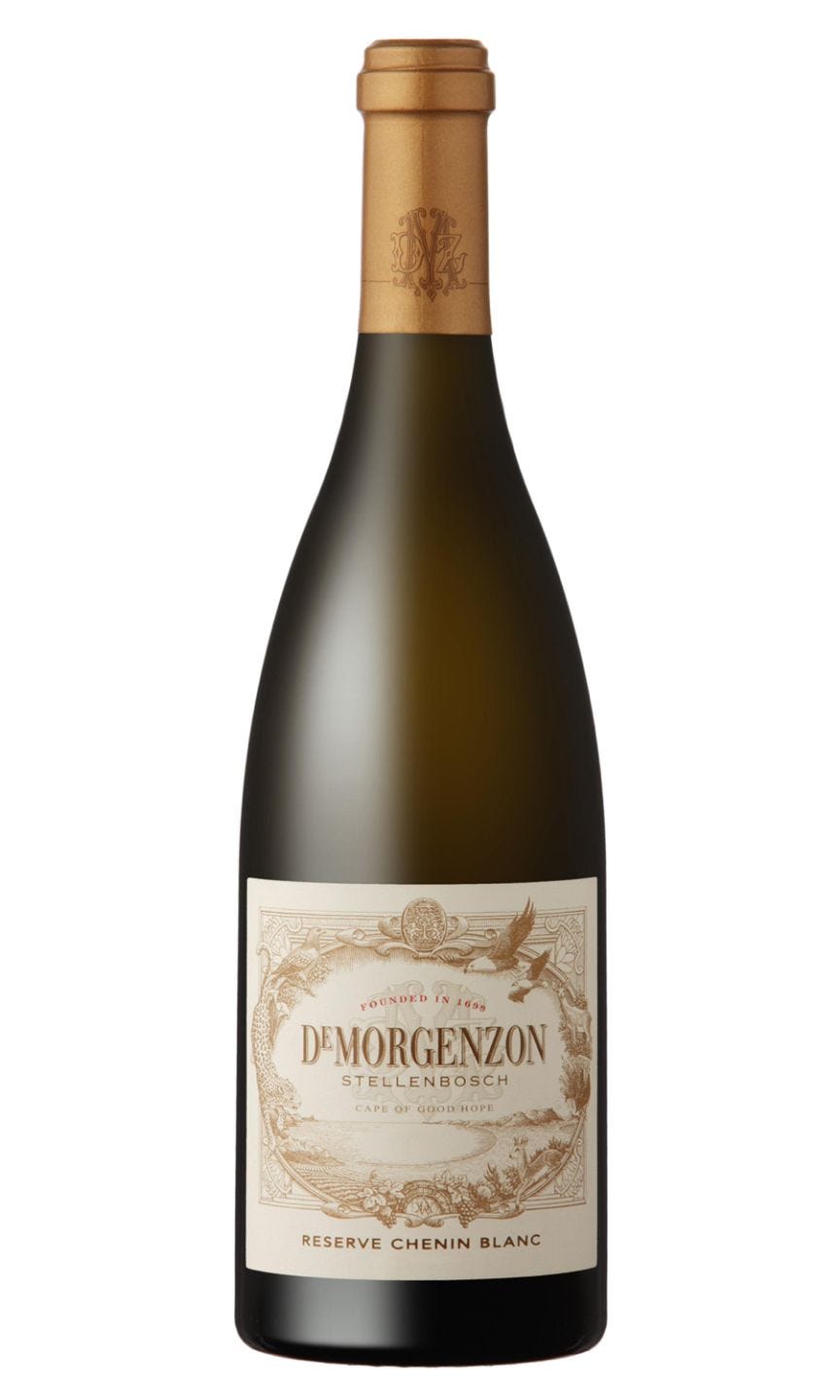Welcome to Series Two of our podcast!
Welcome to the Second Series of The Wine Pod 'For The Love of Wine':
Join us on a journey through our unique approach to wine, enriching your understanding and enjoyment along the way.
In our latest episode, we delve into the patch between storing and opening our wine.
To complement the podcast, here are our expert tips on decanting:
The groundwork:
Know When to Decant: Decanting is beneficial for certain types of wine, particularly older red wines with sediment or full-bodied young wines that can benefit from aeration. Lighter-bodied wines and delicate whites generally don't require decanting but this shouldn’t stop you.
Prepare the Decanter: Ensure that the decanter is clean and free of any odours or residues that could affect the wine's flavour. Rinse the decanter with clean water before use and dry it thoroughly with a lint-free cloth.
Position the Bottle: Before decanting, stand the wine bottle upright for several hours or overnight if it has sediment. This allows the sediment to settle at the bottom of the bottle, making it easier to separate from the wine during decanting.
Decant with Care: Pour the wine slowly and steadily into the decanter, holding the bottle steadily to avoid disturbing any sediment that may have settled. Use a gentle, controlled motion to prevent splashing and oxidation.
Watch for Sediment: When decanting older red wines, pour slowly and watch for sediment as you near the end of the bottle. Stop pouring before the sediment reaches the neck of the bottle, leaving it behind to ensure a clear pour.
Aerate as Needed: Depending on the wine and your preference, you can choose to aerate the wine further by swirling it gently in the decanter or by allowing it to sit for a period before serving. Aeration can help soften tannins and enhance aromas and flavours.
Serve at the Right Temperature: Once decanted, serve the wine at the appropriate temperature for its style. Red wines are typically served at slightly cooler than room temperature, while whites and sparkling wines are served chilled or just above fridge temperature at around 10 - 14 degrees.
Here is all the info about the episode:
Will’s wine of the week:
DeMorgenzon ‘Reserve’ Chenin Blanc 2020/21, South Africa
Luke’s thought of the week:
It is better to fail in originality than to succeed in imitation.
References:
Masi 'Costasera' Amarone della Valpolicella.
2010 Brunello di Montalcino, Il Poggione, Tuscany, Italy - whats in our glass.
Planes, Trains & Automobiles - movie.
Bandol Rosé - apellation in Provence France.
Lambrusco - style of sparkling wine.
As always please like, share and comment.
Stay Corked - Luke & Will















Share this post